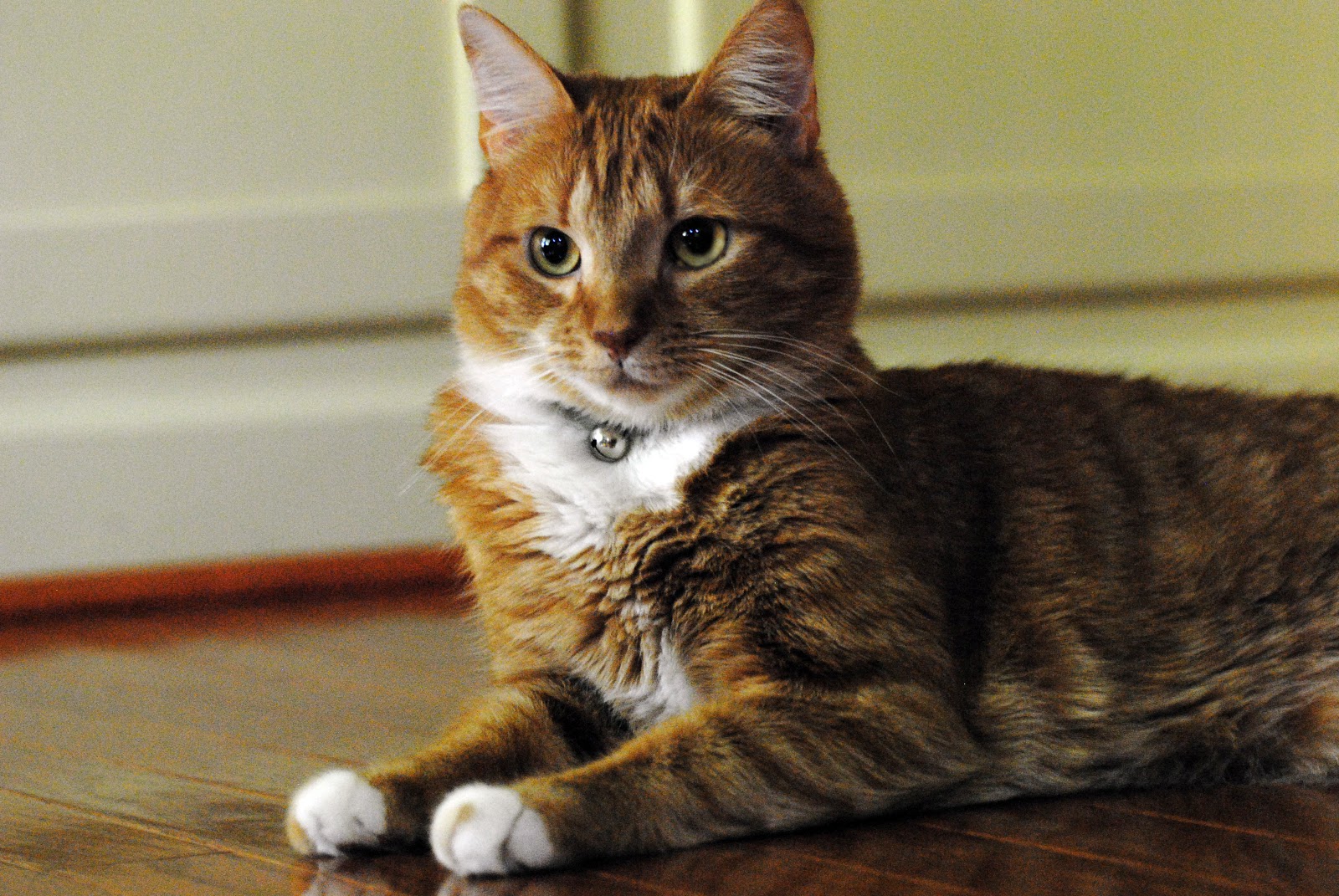Changing Cat Litter: Developments and Patterns
Changing Cat Litter: Developments and Patterns
Blog Article

Cat litter and litter boxes play a pivotal function in the lives of both felines and their owners. From the humble beginnings of sand and soil to the innovative improvements these days, the world of cat litter has actually evolved significantly. In this extensive guide, we dig into every element of cat litter and litter boxes, exploring their history, types, advantages, obstacles, and whatever in between.
The history of cat litter go back centuries, with ancient civilizations utilizing sand, soil, and even ashes as primitive litter products. Nevertheless, it wasn't up until the mid-20th century that modern-day cat litter as we understand it emerged. In 1947, Edward copyright presented the world's very first industrial cat litter made from absorbent clay, changing the method felines relieved themselves inside. Given that then, cat litter has actually gone through many improvements, with the intro of clumping litter, silica gel litter, naturally degradable choices, and more.
Today, feline owners are spoiled for choice when it comes to selecting the right litter for their feline buddies. Standard clay litter stays popular for its cost and efficiency in taking in odors. Clumping litter, which forms strong clumps when wet, streamlines cleansing and maintenance. Silica gel litter, composed of extremely absorbent silica crystals, uses remarkable odor control and longevity. Biodegradable alternatives, such as recycled paper, wood pellets, corn, and wheat, interest ecologically conscious consumers.
Each kind of cat litter provides distinct advantages. Clay litter masters its ability to absorb wetness and control odors, making it a reputable choice for many feline owners. Clumping litter streamlines daily scooping and extends the time in between total litter changes. Silica gel litter provides extraordinary smell control and can last longer between replacements. Eco-friendly litters provide a sustainable alternative that minimizes ecological impact.
While cat litter boosts indoor feline hygiene, it is not without its obstacles. Dust from clay litter can present respiratory threats for both cats and human beings, triggering the popularity of dust-free Litter Box Mats options. Some cats might develop litter box hostility due to issues with texture, aroma, or cleanliness, necessitating experimentation with various litters and box configurations. Multi-cat families may need strategic litter box positioning and frequent upkeep to prevent territorial disagreements and guarantee all cats have access to tidy centers.
Choosing the appropriate litter box is vital for promoting positive litter box practices and overall feline wellness. Factors to think about consist of size, ease of access, and style preferences. Covered litter boxes supply privacy and aid contain smells, but some cats might find them restricting or intimidating. Open-top litter boxes provide simple access and presence but may lead to more litter scatter. Automatic self-cleaning litter boxes improve upkeep however require routine tracking and upkeep.
Correct litter cat litter scoop box maintenance is important for making sure a clean and welcoming environment for both felines and their owners. Daily scooping removes waste immediately, minimizing odor and preventing litter box aversion. Regular litter replacement, normally every 1-2 weeks, prevents bacterial buildup and preserves optimum absorbency. Pine Pellet Cat Litter Thorough cleaning with moderate cleaning agent and water, avoiding severe chemicals that may prevent felines from using the box, must be carried out monthly.
Cat litter and litter boxes play a main role in fostering a healthy and unified relationship in between felines and their human companions. With a diverse range of litter alternatives and litter box styles available, cat owners have the flexibility to tailor their options to match their felines' preferences and household needs. By understanding the development, types, advantages, and obstacles of cat litter and litter boxes, pet owners can provide their feline buddies with a comfortable and sanitary indoor environment.